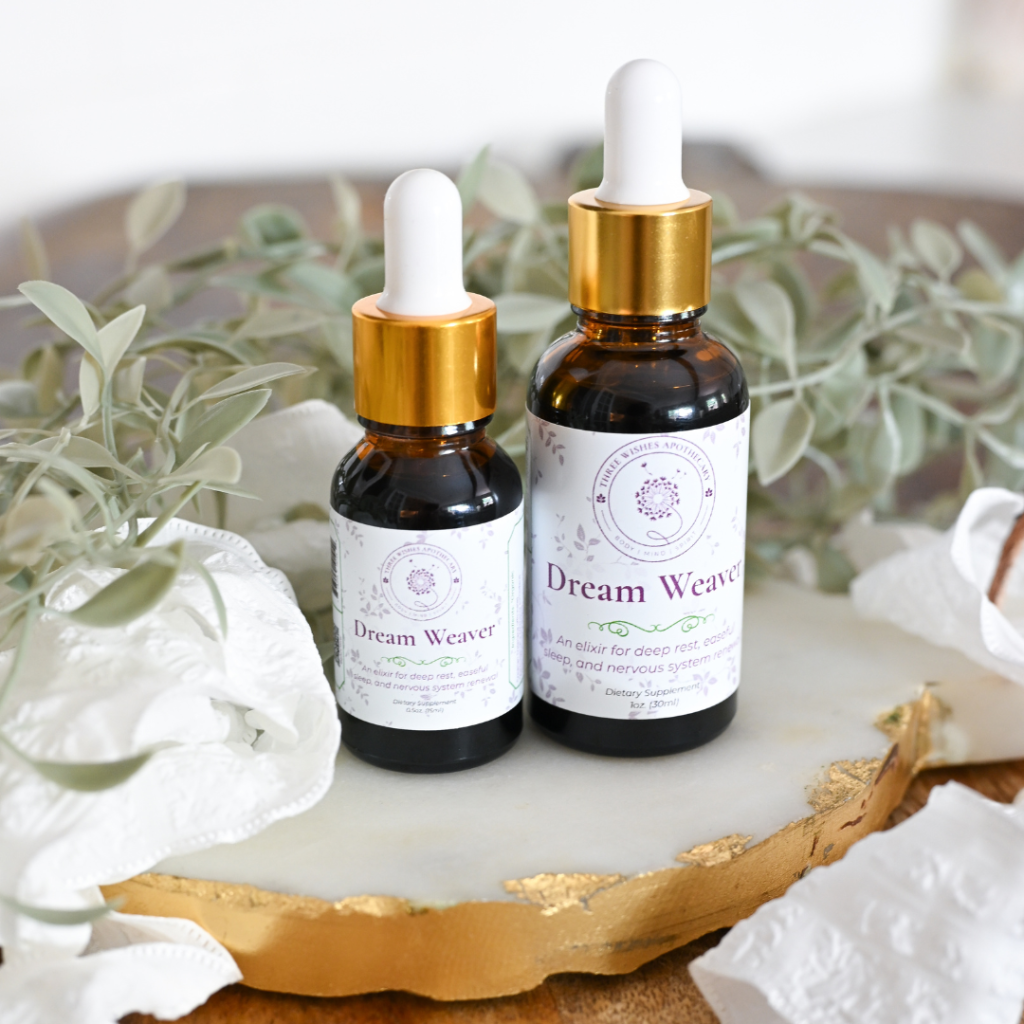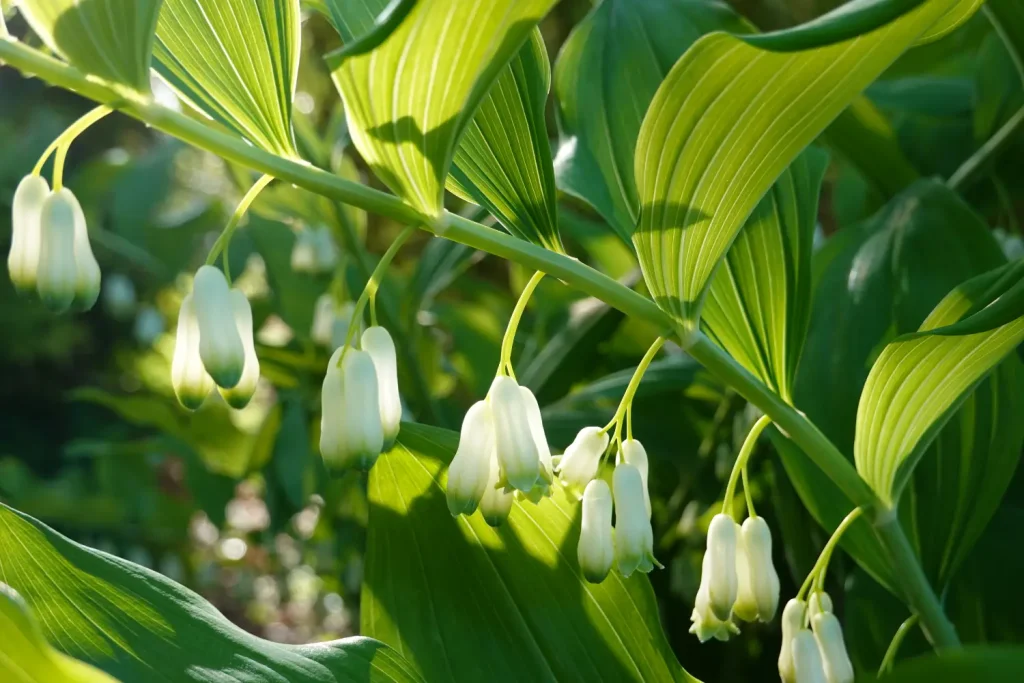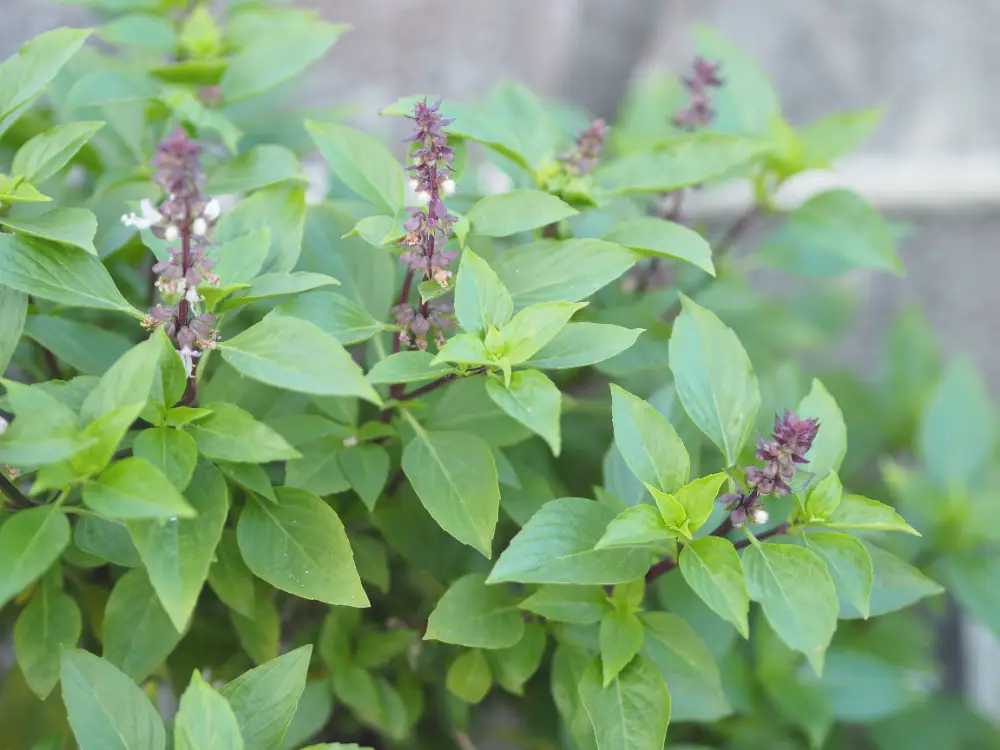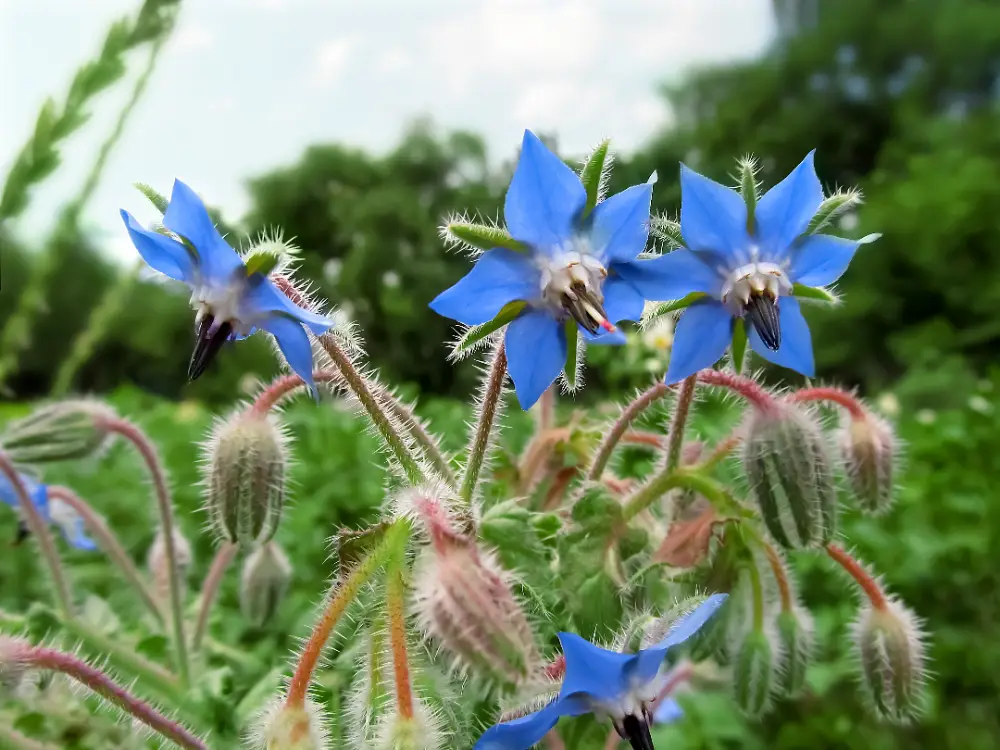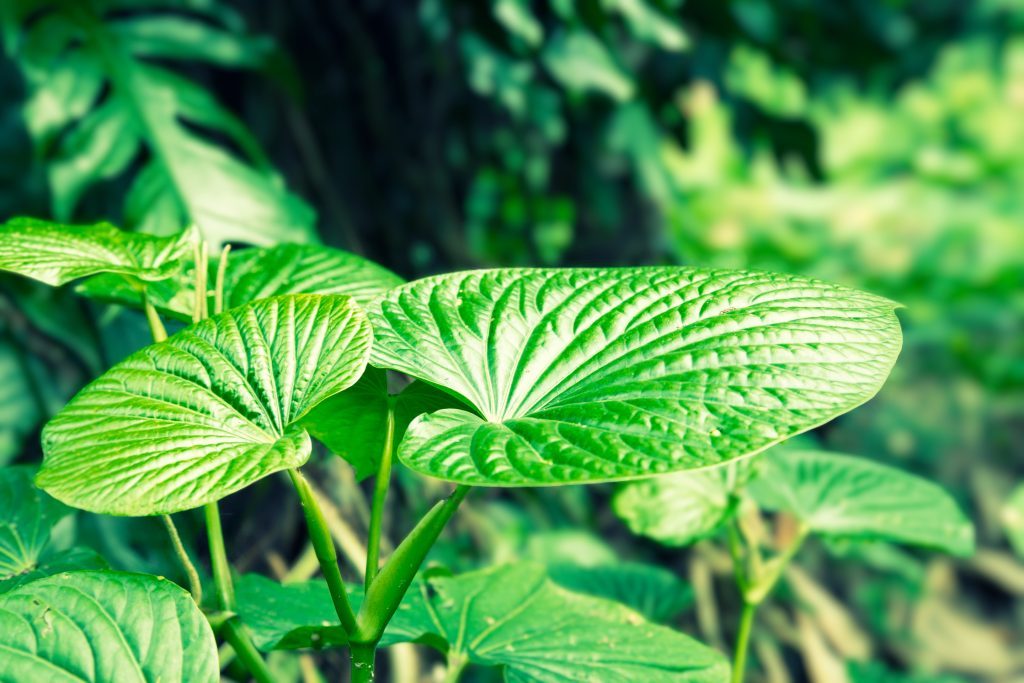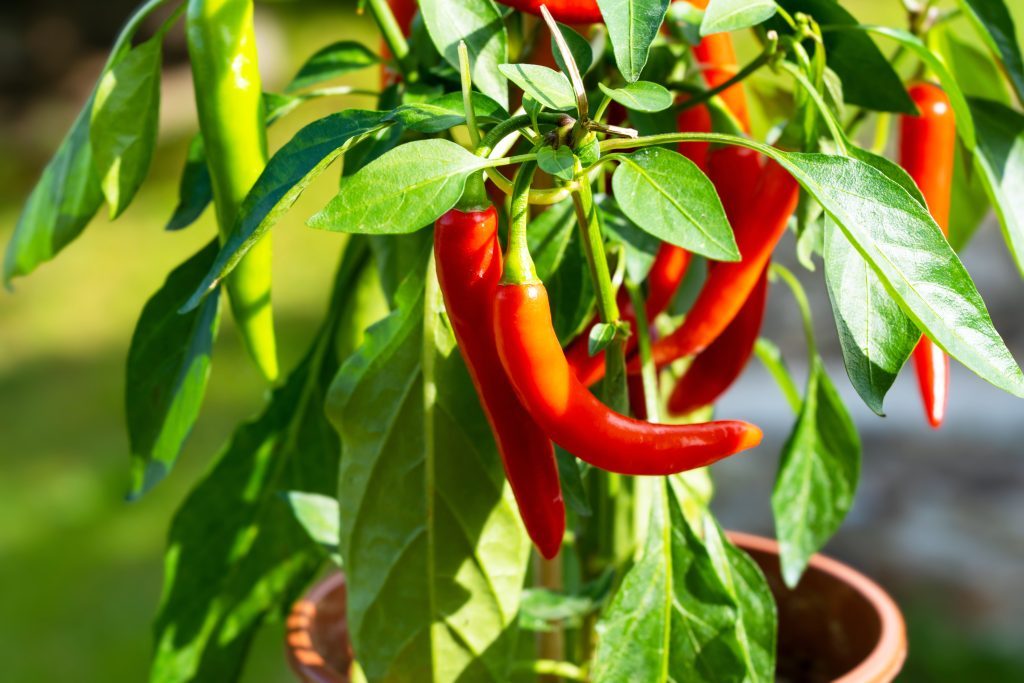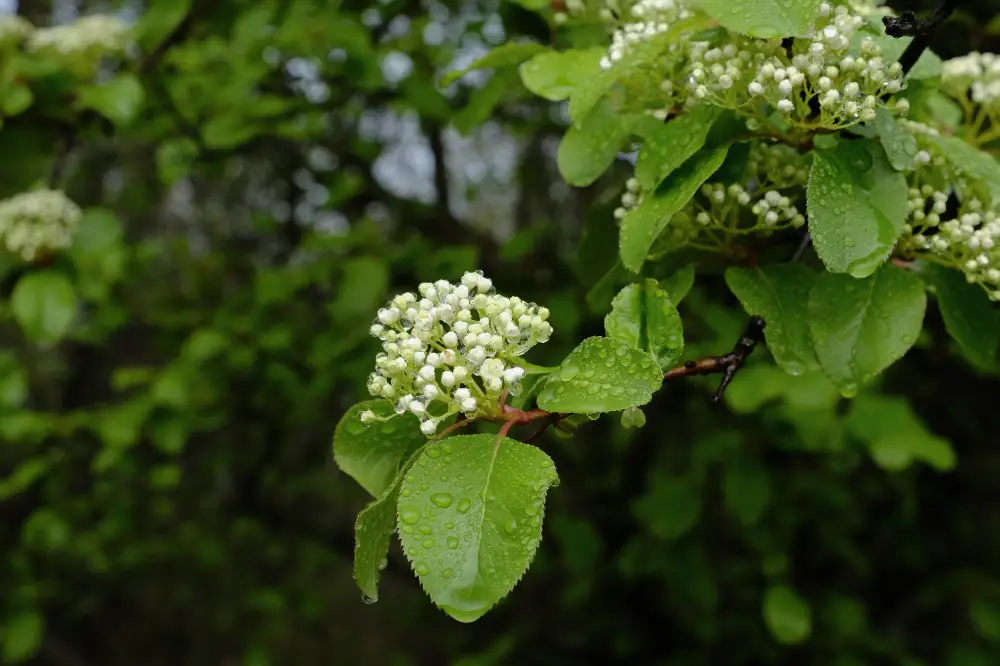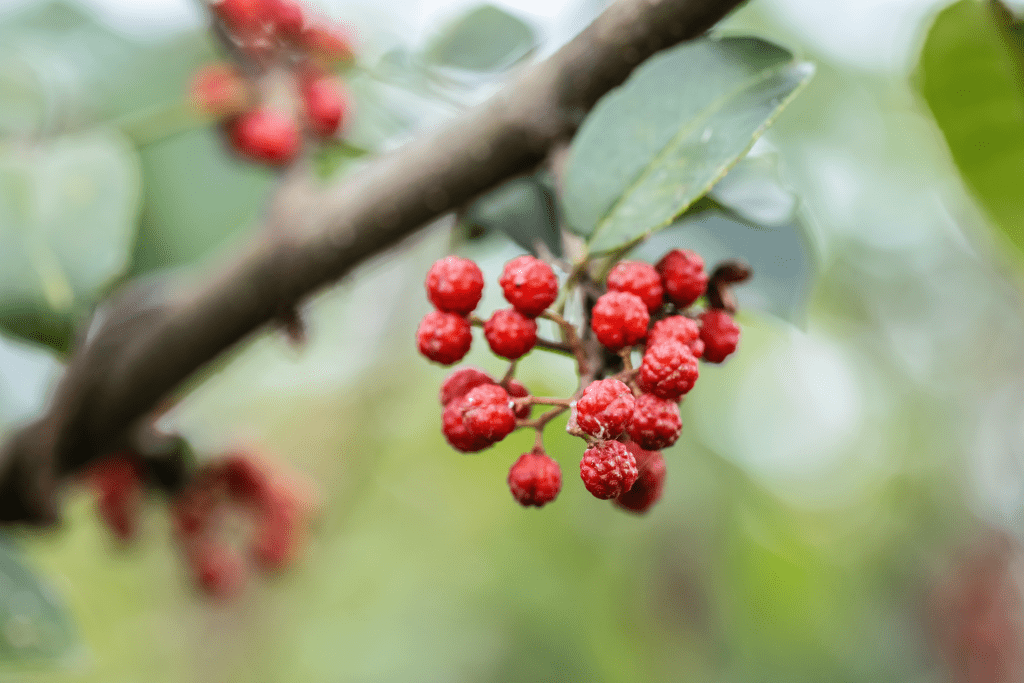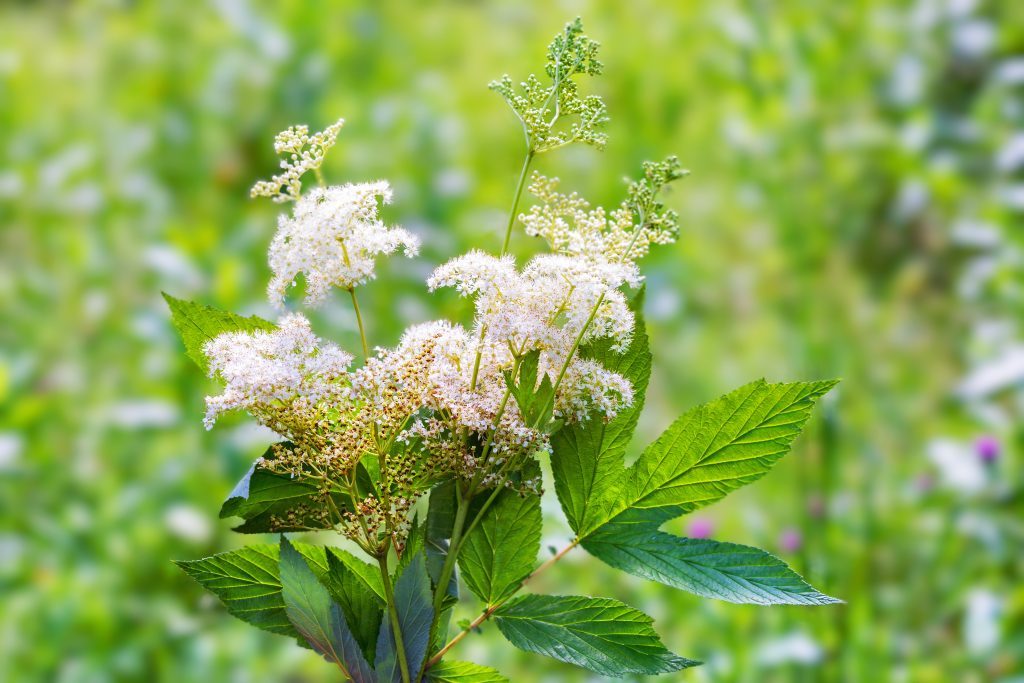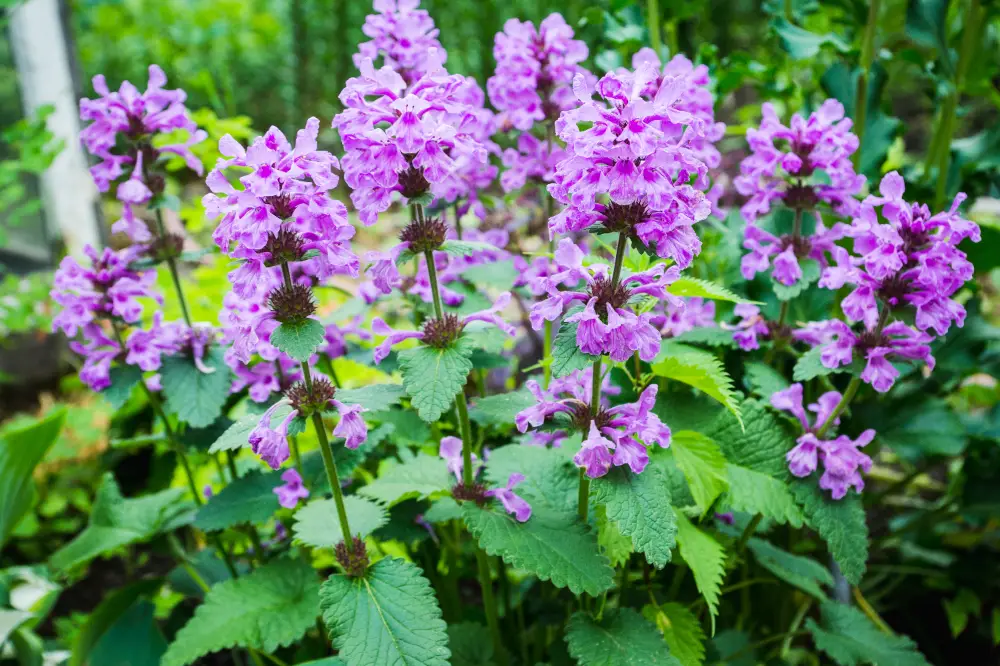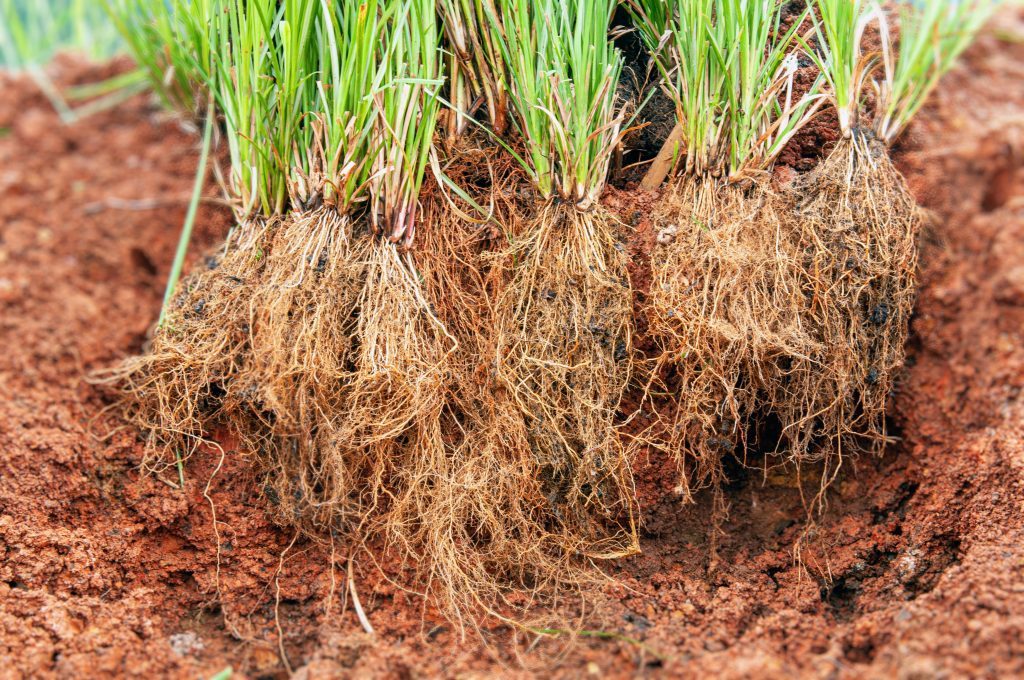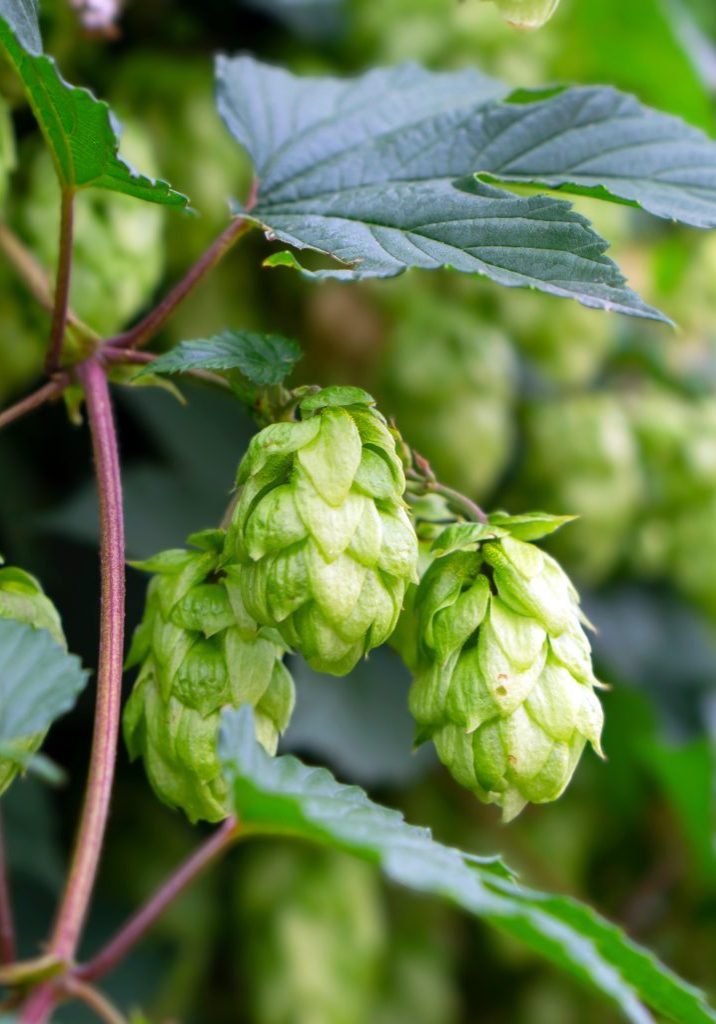
Hops
Humulus lupulus
Cannabaceae (Hemp Family)
Best known for its use in brewing beer, hops also have sedative properties that aid sleep and relaxation.
Other names:
Common Hops
Superpower
Their superpower lies in their ability to soothe the nervous system, promoting relaxation and sleep.
Uses
Sedative and Relaxant: Traditionally, hops have been used for their calming effects on the nervous system. In European folk medicine, hops were used to treat insomnia, anxiety, and restlessness. People often stuffed pillows with hops to induce sleep and ease nervous tension.
Digestive Aid: Hops have long been recognized for their bitter properties, which stimulate digestive secretions. They were commonly used to treat indigestion, loss of appetite, and digestive discomfort in traditional herbal medicine.
Antiseptic and Anti-inflammatory: Hops were also used for their antibacterial and anti-inflammatory effects. Traditional healers applied hops externally to treat skin infections and inflammation and internally to reduce fevers and combat infections.
Current Uses:
Sleep Aid: In modern herbalism, hops are a popular remedy for insomnia and anxiety. They are often combined with other sedative herbs, such as valerian or passionflower, in supplements or teas to promote restful sleep.
Nervous System Support: Hops are frequently used to alleviate nervous tension, stress, and mild anxiety. They are incorporated into tinctures, capsules, or teas designed to calm the mind and relax the body.
Digestive Health: Due to their bitter compounds, hops continue to be used as a digestive stimulant, helping to enhance appetite and alleviate indigestion.
Anti-inflammatory and Antibacterial: Hops possess anti-inflammatory and antimicrobial properties and are still used in modern herbal medicine to treat skin conditions, infections, and inflammation both internally and externally.
Brewing: Hops are famously used in the brewing industry to flavor and preserve beer. Their bitter resins and aromatic oils give beer its distinctive flavor and help prevent bacterial growth during the fermentation process.
Cautions
Toxicity:
Rare Allergic Reactions: Some individuals may experience allergic reactions to hops, particularly those who are sensitive to plants in the Cannabaceae family.
Hormonal Effects: Hops contain phytoestrogens and may have a mild effect on hormonal balance. While they are generally safe, women with hormone-sensitive conditions (such as breast cancer, endometriosis, or uterine fibroids) should use hops cautiously.
Contraindications:
Pregnancy and Breastfeeding: Hops are not recommended during pregnancy due to their sedative and hormonal effects. Similarly, caution is advised during breastfeeding, as its impact on infants is not well-studied.
Depression: Due to its sedative nature, hops may exacerbate symptoms of depression or low mood in some individuals. It should be used cautiously if you have a history of depression.
Interactions:
Sedative Medications: Hops may enhance the effects of other sedative medications, such as benzodiazepines, barbiturates, or sleep aids. This can result in excessive drowsiness or sedation. It’s advised to avoid combining hops with such medications unless supervised by a healthcare provider.
Known Chemical Constituents
Bitter Acids:
Alpha acids (humulone, cohumulone): Responsible for hops’ bitter flavor and have antibacterial and digestive properties.
Beta acids (lupulone, colupulone): Contribute to bitterness and have antifungal and antimicrobial effects.
Oleo-Resins:
Acylphloroglucides: Compounds contributing to hops’ bitter properties and antioxidant effects.
Humulone and lupulone: Key constituents in the preservative quality of hops used in beer brewing.
Valerianic Acid: A compound contributing to hops’ calming and sedative properties.
Volatile Oils:
Myrcene: Aromatic oil with sedative properties, calming the nervous system.
Humulene: Known for its anti-inflammatory and antioxidant actions.
Caryophyllene: Exhibits pain-relieving and anti-inflammatory effects.
Flavonoids:
Xanthohumol: A powerful antioxidant with anticancer and anti-inflammatory properties.
Isoxanthohumol: Converted from xanthohumol, also has antioxidant properties.
Kaempferol, Quercetin, Rutin: These flavonoids provide anti-inflammatory, antioxidant, and immune-supporting effects, helping to protect against oxidative stress.
Tannins:
Contribute to the astringent and digestive-supporting properties of hops, helping to tone tissues.
Phytoestrogens:
8-prenylnaringenin: A potent phytoestrogen with hormonal effects, known to mimic estrogen in the body, particularly beneficial for menopausal support.
Botanical Description
Growth Habit:
Hops are herbaceous, perennial vines that grow rapidly, reaching heights of 6-12 meters (20-40 feet) in a single growing season. They are climbing plants that use twining stems to wrap around supports.
Leaves:
The leaves are palmately lobed, usually with 3-5 lobes, and have a serrated margin. They are opposite along the vine and dark green in color.
Flowers:
The female flowers are the most important part of the plant, developing into cone-like structures called strobiles or hops cones. These cones contain the resins and oils that give hops their characteristic bitter flavor and aroma. The male flowers are smaller and inconspicuous, with no medicinal value.
Fruits:
The fruits are small, nut-like achenes enclosed within the hops cones. The yellow glandular trichomes inside the cones produce lupulin, a substance that contains the bitter acids and essential oils used in brewing and herbal medicine.
Roots:
Hops have a deep taproot system, which anchors the plant and helps it access water and nutrients from deep in the soil.
Habitat:
Hops thrive in temperate climates, preferring well-drained soils and areas with full sunlight. They are native to Europe, Western Asia, and North America, and are commonly cultivated in commercial hop farms for brewing beer.
Fun Facts
The flowers produce a yellow powder that has been used as a natural dye.
Parts Used
Strobile
Harvest
Flowers (Cones):
The female flowers, known as hops cones, are the most valuable part of the plant for both medicinal and brewing purposes. The cones are harvested when they are ripe, typically in late summer to early fall. At the time of harvest, the cones should be greenish-yellow, dry to the touch, and slightly papery in texture, releasing a sticky yellow lupulin when touched.
Method:
Harvest by hand-picking the ripe cones directly from the vines, ensuring to choose those that are fully formed and aromatic.
After harvesting, the hops cones should be dried quickly to preserve their volatile oils and active constituents. Drying is often done in a well-ventilated area, ensuring that the cones do not overheat and lose their potency.
Once dried, store the cones in an airtight container in a cool, dark place to maintain their medicinal properties.
Preparations
Teas, tinctures, and of course, in brewing beer.
Sacred Rituals
Used in rituals to promote restful sleep and dreams.
Affirmations
“I embrace the calming energy of nature, allowing peace and tranquility to wash over me. My mind, body, and spirit are in harmony, and I release all tension as I drift into restful relaxation.”
Spiritual Associations
Used for healing and inducing sleep.
Functions
A state of restlessness, excitement, or heightened nervous energy. It can manifest physically, emotionally, or mentally and often involves feelings of tension, unease, or irritability. Agitation might arise in response to stress, anxiety, or even excitement, and it can range from mild restlessness to more intense states of panic or distress.
AnalgesicAn analgesic is a substance that relieves pain by reducing the perception of pain signals or alleviating discomfort without causing a loss of consciousness.
AnaphrodisiacRefers to any substance, herb, or agent that diminishes or suppresses sexual desire or libido.
AntispasmodicA substance or agent that helps relieve or prevent involuntary muscle spasms, cramps, or contractions in smooth or skeletal muscles.
AnxietyAnxiety is a psychological state characterized by excessive worry, fear, or nervousness, often accompanied by physical symptoms such as rapid heartbeat, restlessness, or difficulty concentrating.
AstringentA substance or agent that causes contraction or tightening of tissues, often reducing secretions or bleeding.
Bitter
A substance or agent, often from herbs, that has a distinctly bitter taste and stimulates digestive function, including the production of digestive enzymes, bile, and stomach acid.
DiureticA diuretic is a substance that promotes the increased production and excretion of urine, helping the body eliminate excess fluids and salts through the kidneys.
InsomniaA sleep disorder characterized by difficulty falling asleep, staying asleep, or waking too early, resulting in poor sleep quality and impaired daytime functioning.
Sedative nervine relaxantA substance or agent that calms the nervous system, reduces mental and physical tension, and promotes relaxation and sleep.

